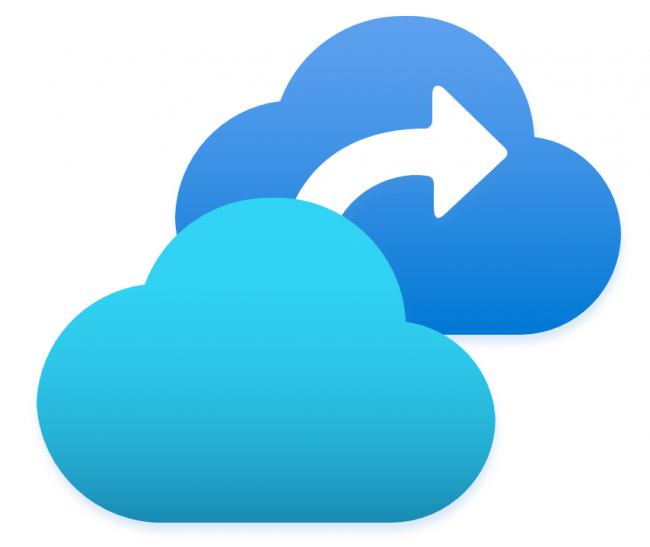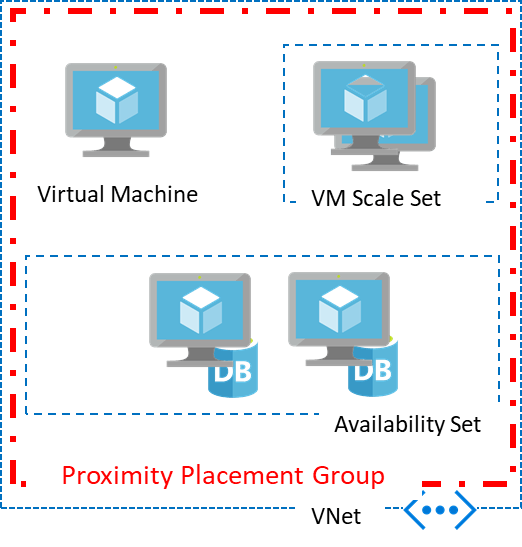
OpenSource Blogging with Jekyll GitHub VSCode Part2
During Part 1 of this series I introduced you to open source blogging using some awesome tools and platforms available today. I also shared my own setup so you can see what’s involved end-to-end.
Shortly I’ll provide a detailed walkthrough of everything you need to get started with your own blog site.
- Part 1 – Why I’m using open source and an overview of my blog setup
- Part 2 – Getting started with a step-by-step guide –
you are here - Part 3 – Securing your Content and Going Live with GitHub Pages
- Part 4 – Tips & Tricks with Jekyll and Markdown editing
Local Blog Development
First we need to setup our local development environment for the blog site by installing a few dependencies.… [Keep reading] “OpenSource Blogging with Jekyll GitHub VSCode Part2”








